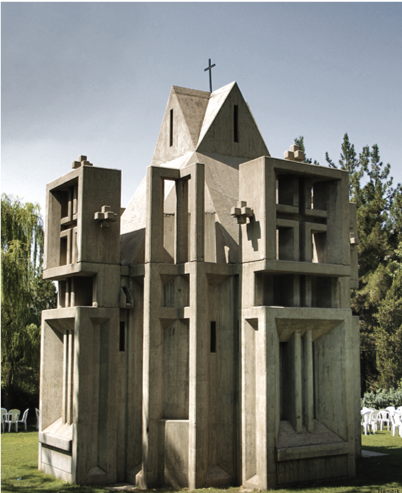
Architecture of Iranian-Armenian Churches
Lectures (1)
Loading Accordion Items...The Overview
This lecture provides an overview of Iranian Armenian Church architecture. Due to the historical presence of Armenians and Assyrians as two historical nations, today, there are hundreds of churches in different geographic parts of Iran, which have remained from different periods and cultural-political conditions. The religious architecture of the Armenian churches in Iran has more than 1,700 years of history along with considerable geographical dispersion. It sets on the typology of construction method, floor plan, and decorative style. Each typological example is considered in the context of regional architectural currents, including Byzantine and Iranian.
These churches are located in Armenian settlements where their presence in Iran can be studied under two main factors. Armenians living around the Urmia lake (in the north-western part of Iran) are native to this area and the Armenians living in other parts of the country have come to those lands during forced migrations as a reason of Armenian genocide or revolution. The construction style of the churches also reflects their geographical dispersions. Armenian churches constructed over different periods are divided into three geographic regions of the northwest (the provinces of West and East Azerbaijans), the desert central parts (Isfahan province) and north and west (Tehran, Ahvaz, and Abadan). Churches in the northwest parts of Iran and near the Urmia Lake were constructed in the Safavid period before the 14th century with stone materials. The desert central churches belong to the pre-modern period. The period when Safavid Shah Abbas tried to prevent the repeated attacks of the Ottomans and Armenians migrated to Julfa of Isfahan. As a remembrance of Julfa, Armenian formed a neighborhood – New Julfa in the south- eastern part of Isfahan. The churches constructed in Tehran were formed in the cotemporary Tehran with modern architecture.
Armenian churches with their unique architectural styles are easily distinguishable from churches of other Christian denominations. The most important indicator is the form of their domes. Polygonal pyramid, pyramid and the Islamic dome that can be only seen in Isfahan. The churches are constructed in the east-west direction; their altar is higher in the eastern part and has more height than the courtyard of the church, which has two rows of steps to enter the altar. The only exception is the churches of Tehran. The Armenian plan for their churches is cross-shaped. However, some churches have a basilica plan and interior space of the church is divided by the columns into three areas.


